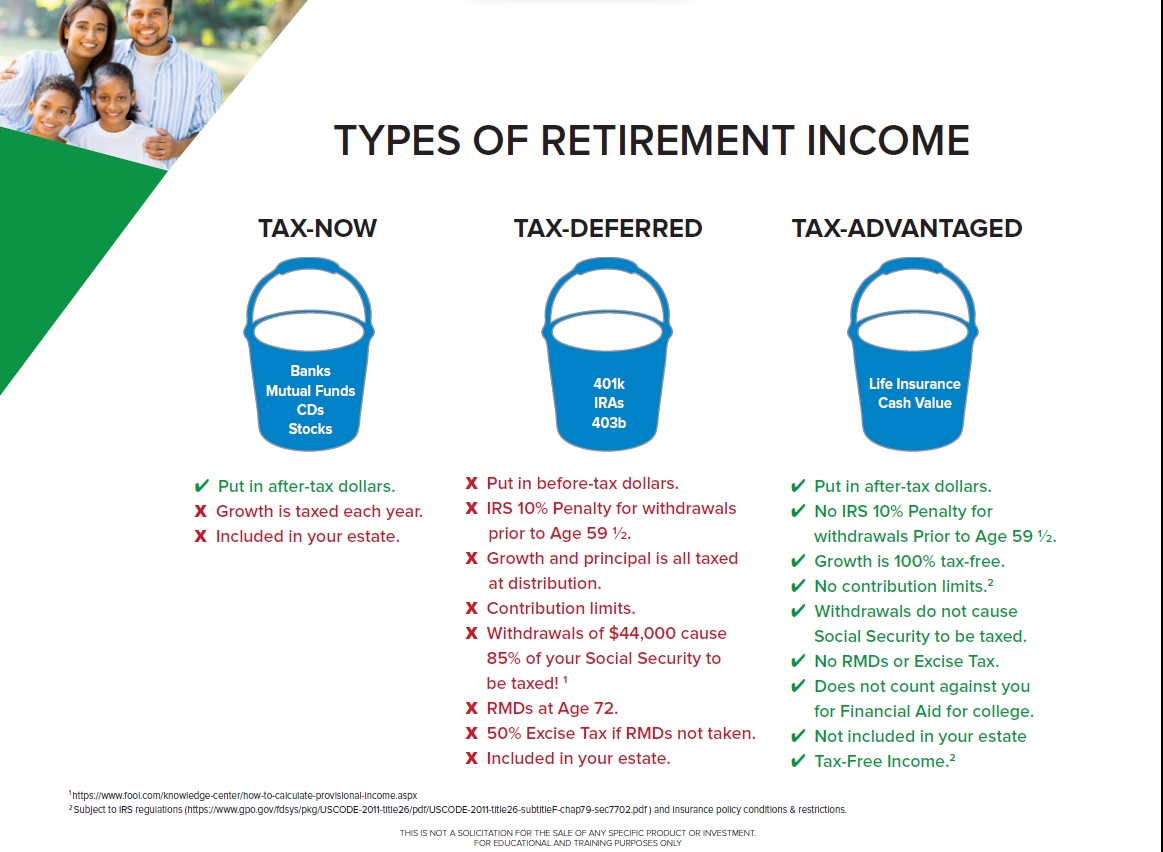
5 Self-Employed Retirement plans to consider for a secure financial future
Introduction
As a self-employed individual, planning for retirement is crucial to ensure a secure financial future. Unlike those with traditional employment, self-employed individuals need to proactively choose and contribute to their retirement plans. In this comprehensive guide, we'll explore five self-employed retirement plans that can empower you to build a robust financial foundation.
1. Simplified Employee Pension (SEP) IRA
The Simplified Employee Pension (SEP) IRA is a popular retirement plan for self-employed individuals and small business owners. It combines the simplicity of an IRA with higher contribution limits. Here's how it works:
- Contribution Limits: The lesser of $69,000 in 2024, or up to 25% of compensation or net self-employment earnings, with a $330,000 limit on compensation ($345,000 in 2024) that can be used to factor the contribution. This flexibility allows you to contribute more during prosperous years and less during lean periods.
- Easy Setup: Setting up a SEP IRA is straightforward. You can establish the plan easily, and administrative responsibilities are minimal.
- Tax Benefits: Contributions to a SEP IRA are tax-deductible, reducing your taxable income. However, keep in mind that contributions are made by the employer, which means you contribute to your own SEP IRA as a self-employed individual.
- Be sure to make your contributions by the federal income tax filing deadline, usually mid-April, or the extension deadline if filing for extension.
<<<<CLICK TO BOOK NO OBLIGATION APPOINTMENT TO SAVE TAX >>>>
2. Solo 401(k) (Individual 401(k))
The Solo 401(k) is a powerful retirement plan for self-employed individuals with no employees (other than a spouse). It offers high contribution limits and additional catch-up contributions for those aged 50 and older. Key features include:
- High Contribution Limits: In 2024, you can contribute up to $69,000, plus a $7,500 catch-up contribution for individuals aged 50 and older. This plan allows both employer and employee contributions.
- Checkbook Control: Solo 401(k) plans often provide checkbook control, allowing you to have direct control over your investments and make timely decisions.
- Roth Option: Some Solo 401(k) plans offer a Roth sub-account, allowing you to make after-tax contributions and enjoy tax-free withdrawals in retirement.
<<<<CLICK TO BOOK NO OBLIGATION APPOINTMENT TO SAVE TAX >>>>
3. SIMPLE IRA (Savings Incentive Match Plan for Employees)
The SIMPLE IRA is an attractive option for small businesses and self-employed individuals with a few employees up to 100. It's easy to set up and maintain, offering a balance between affordability and flexibility. Key features include:
- Contribution limit: Up to $15,500 in 2023, plus catch-up contribution of $3,500 in 2023 if you're 50 or older (up to $16,000, plus a catch-up contribution of $3,500 in 2024). If you also contribute to an employer plan, the total of all contributions can’t exceed $22,500 in 2023 or $23,000 in 2024. Contributions must also be made by tax day or the extension deadline if applicable.
- Employer and Employee Contributions: As the employer, you must contribute either a dollar-for-dollar match of up to 3% of an employee's salary or a fixed 2% non-elective contribution for all eligible employees.
- Lower Administrative Costs: SIMPLE IRAs generally have lower administrative costs compared to 401(k) plans, making them accessible for small businesses and self-employed individuals.
- Catch-Up Contributions: Individuals aged 50 and older can make catch-up contributions, enhancing their retirement savings potential.
<<<<CLICK TO BOOK NO OBLIGATION APPOINTMENT TO SAVE TAX >>>>
4. Traditional and Roth IRAs
Individual Retirement Accounts (IRAs) are versatile retirement savings options available to self-employed individuals. Traditional and Roth IRAs each offer unique advantages:
- Traditional IRA: Contributions to a traditional IRA may be tax-deductible, providing immediate tax benefits. However, withdrawals in retirement are subject to income tax.
- Roth IRA: Roth IRAs offer tax-free withdrawals in retirement. While contributions are not tax-deductible, the growth and distributions are tax-free.
- Contribution Limits: In 2024, the contribution limit for both traditional and Roth IRAs is $7,000, with an additional $1,000 catch-up contribution for individuals aged 50 and older.
<<<<CLICK TO BOOK NO OBLIGATION APPOINTMENT TO SAVE TAX >>>>
5. Defined Benefit Plan
For self-employed individuals with a significant income, a Defined Benefit Plan (DBP) can be a powerful tool for retirement planning. Unlike defined contribution plans, DBPs promise a specific benefit amount at retirement. Key features include:
- Higher Contribution Limits: DBPs allow for significantly higher annual contributions than other retirement plans, making them suitable for individuals with a substantial income.
- Actuarial Calculations: Contributions are determined through actuarial calculations, taking into account factors such as age, income, and the desired retirement benefit.
- Stable, Predictable Contributions: Defined Benefit Plans provide a stable and predictable retirement income stream, offering peace of mind for individuals seeking financial security in retirement.
<<<<CLICK TO BOOK NO OBLIGATION APPOINTMENT >>>>
Conclusion
Choosing the right self-employed retirement plan is a critical decision that requires careful consideration of your financial goals, income level, and business structure. Each of the five plans discussed—SEP IRA, Solo 401(k), SIMPLE IRA, Traditional and Roth IRAs, and Defined Benefit Plan—offers unique advantages and considerations.
It's essential to consult with a financial advisor to determine the most suitable plan based on your individual circumstances. By taking proactive steps and contributing consistently to your chosen retirement plan, you can build a robust financial future and enjoy the retirement you've envisioned. Remember, the key to financial success lies in informed decision-making and disciplined, long-term planning.



